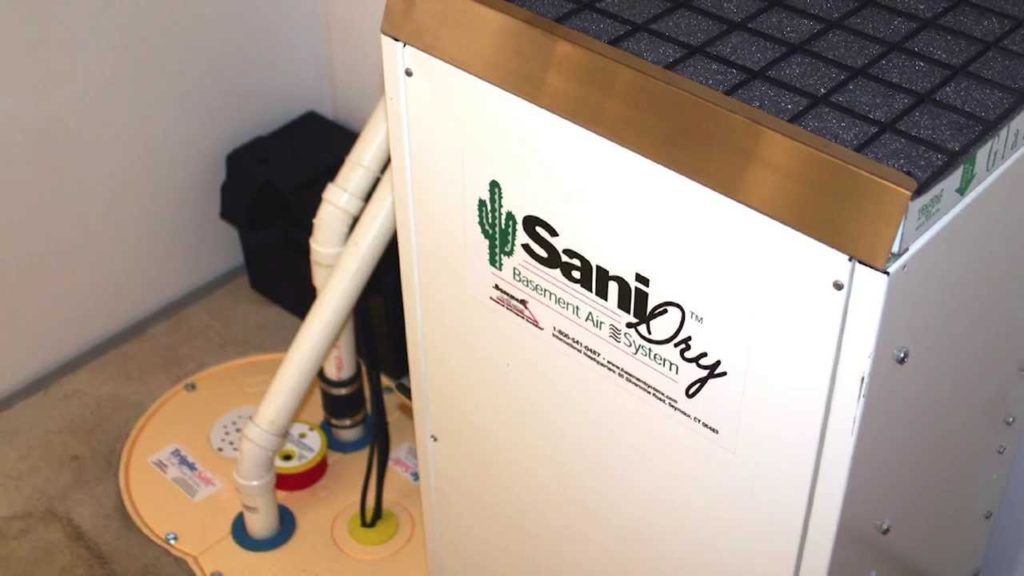Learn how to choose the finest dehumidifier for your home and how it can help prevent mold and mildew issues brought on by too much moisture in the basement.
Mold development and rot can result from moisture in the basement. The home’s upper levels and basement may also sustain concealed harm as a result of the basement’s high humidity. When used in conjunction with appropriate drainage, a dehumidifier can reduce moisture damage while also enhancing indoor air quality and comfort.
This article will explain why you might need a dehumidifier, how they operate, and the different varieties available. It will also touch on the key qualities needing consideration before purchasing a basement dehumidifier.
Does My Basement Need a Dehumidifier?
A dehumidifier will help dry the air in naturally wet areas like basements and crawl spaces, decreasing musty odors and preventing mold growth and other problems brought on by excess moisture.
A basement dehumidifier aids in preserving the room’s appropriate relative humidity (RH) level. To help prevent mold growth, the Environmental Protection Agency advises maintaining an indoor relative humidity of between 30 and 60%. Pests and wood rot may thrive in a house with a relative humidity level above 60% can also encourage pests and wood rot.
Dehumidifier Types
Dehumidifiers come in two basic categories: portable units and whole-house systems. A portable dehumidifier is the most typical sort of dehumidifier used to control basement humidity unless you need to dehumidify an entire level of the house or the entire house. For moist basements, crawl spaces, and any location prone to high humidity, such as an indoor pool area, a portable dehumidifier with commercial or industrial strength is an effective solution.
Basement size and appropriate dehumidifier size
It’s crucial to pick a dehumidifier whose capacity corresponds to the size of the basement area. For a 500 square foot area, we advise choosing a dehumidifier that can store ten pints of water, and four pints for each additional 500 square feet. Therefore, a dehumidifier with around an 18-pint capacity would be required for a 1,500 square foot basement. Additionally, they advise a dehumidifier that can handle 12 pints of water for a 500 square foot area and five pints for each extra 500 square feet if the basement is particularly wet. So a dehumidifier with a minimum 22-pint capacity would be required for a 1,500 square foot basement that is extremely moist.
Drainage Options
Manual drainage is available on several portable dehumidifiers. As a result, water gathers in a bucket. Particularly in a basement that is extremely moist or damp, the water bucket needs to be removed and emptied on a regular basis. It’s also crucial to remember that when the water bucket is full, the device shuts off and ceases to remove moisture from the air until the bucket is emptied and refilled.
The installation of a dehumidifier with automated drainage is a more practical choice.
Using a condensate pump is the easiest way to empty a basement dehumidifier. A sink or a sump pump system that collects the water and pumps it out of the basement might receive the water that has been pumped into it.








